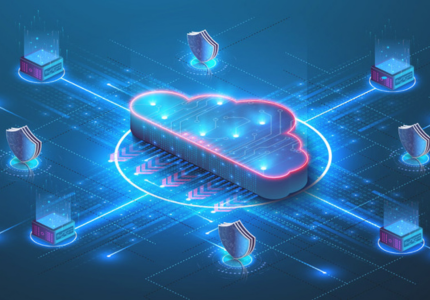Cellular IoT plays a pivotal role as nations transition from traditional forms of energy generation, distribution and storage to next-generation energy networks with a focus on sustainability. The IoT supports companies as they work to optimise energy efficiency and make the migration to advanced and decentralised energy systems. We explore the challenges and opportunities in our white paper, Innovating through IoT: accelerate secure, efficient and clean energy systems using cellular connectivity. Here, we take a look at the IoT’s role in next generation energy storage.

What are the challenges with energy storage?
Energy security is a bigger topic now than it has ever been. Countries reliant on other nations for their energy supplies are in an insecure place, leading to concerns over potential energy shortages and volatile prices. The motivation has therefore never been stronger for nations and industries to accelerate initiatives that will deliver self-reliant energy systems. However, if ‘home-grown’ energy is generated, it must be stored, accelerating the need for storage capabilities and technologies.
The familiar power grid has always underpinned the distribution and consumption of energy primarily derived from oil and gas. However, our relationship with power is changing. The energy systems of our modern age are becoming more heavily distributed and integrate more renewable energy sources. This requires decentralised energy distribution and storage, with a ‘smart grid’ that is more intelligent, innovative and supported by technology including battery storage systems.
Commercial users can capitalise on the migration to a newer, smarter grid by generating their own renewable energy on-site. They can either sell excess energy back to the grid, or store it themselves to use when their renewable resources aren’t generating, for example at night.
Limejump empowers businesses and small-scale generators to take control of their energy, generate new revenue streams and contribute towards a greener energy future. Find out how >>
Renewable energy is a global priority, but it has always come with a particular challenge – storage. Solar panels and wind turbines can only provide power when the sun shines and the wind blows. Therefore, they have been supported with at least a partial reliance on non-renewable energy provided by the grid. Energy storage solutions can help turn this situation around, in support of accelerated renewable energy generation and a revised balance of energy sources aligned with climate change goals.

How does energy storage use the IoT?
Large-scale battery storage facilities are becoming a widespread solution to energy storage challenges. Digitalised battery storage solutions, connected via the IoT, can store and dynamically distribute energy exactly as it is needed, either locally or from a central distribution hub.
Battery storage enables consumers and businesses to store and consume what they generate. It can also serve as a primary or backup power source at industrial/commercial sites or hospitality events.
Secure, resilient cellular connectivity enables service providers to remotely control and monitor battery assets for operational, safety, environmental and efficiency reasons.
The IoT collects and communicates real-time data, giving asset managers unparalleled visibility into devices and operations. For the energy sector, the IoT exchanges data to assist with asset monitoring, metering measurement, equipment maintenance, performance optimisation, demand and capacity management and identifying cost saving opportunities.
What service providers need to know for connected energy storage
IoT devices and applications that generate and exchange data on energy generation, storage, and distribution are at risk. IBM Security found that the energy sector was the UK’s most targeted industry in 2021, a staggering 24% of all cybersecurity incidents in the country. Energy data is of high value because any disruption caused can be far-reaching, threatening power provision and the smooth running of energy services. This renders energy companies extremely vulnerable to ransomware and other attacks which can lead to revenue loss and reputational damage.
To mitigate the risks, energy companies and IoT device providers to the sector must secure their solutions by:
- Following standards
- Designing hardware that enables sensitive security details to be stored securely
- Giving devices unique identities
- Ensuring device software integrity
- Communicating securely with other devices and servers
- Keeping device software up to date
- Renew security certificates
- Making systems resilient to outages
- Monitoring systems.
Safeguards should include restricting unauthorised access to devices, networks, management platforms and cloud infrastructure through role-based permissions for platform access, fraud prevention, secure private networking methods for device identity, device management, and data transmissions to ISO-accredited data management systems (ISO 27001).
Where to find further information
The IoT has a central role to play in monitoring and controlling assets and devices as part of new energy generation, distribution and storage systems. Reliable cellular connectivity supports data exchange with IoT applications to provide real-time data insights. This data exchange must be protected through cloud secure solutions that provide advanced IoT security for mission critical applications within the energy market.
To find out more, access our white paper Innovating through IoT: accelerate secure, efficient and clean energy systems using cellular connectivity and take a look at our IoT information for the energy sector.







